The Canadian pet food market is growing steadily these days amidst ever-increasing competition among local producers and a stable local demand for high quality pet products in the country. The humanisation of pets has been a driving force in the industry for several years, and this trend is only increasing today, although the current growth rates of the market remain rather low.
Today, nearly 57 per cent of Canadian households own a pet. As pets are increasingly treated as companions and family members, their owners are paying more attention to their health and well-being. That is contributing to the growth in the production of natural, organic, eco-friendly and health-focused products. Currently, gluten-free products, products for pets with allergies, and the use of local or ethically sourced ingredients are the top trends in the Canadian pet food market.
According to experts at the British Columbia Economic Development Corporation – one of Canadas leading economic consulting and research organisations – there are currently more than 27.9 mio pets in Canadian homes. In terms of absolute numbers, fish remain the most common species in Canadian homes, with data of 8.5 mio fish expected in 2024, or 30.5 per cent of the pet population. Cats are the second most common pet, with about 8.2 mio (or 29.3 per cent of the total population) in 2024.
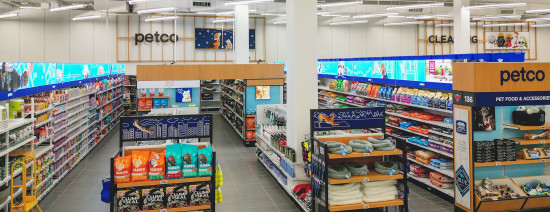
Significant increase
Meanwhile, dogs are one of the species that will experience the strongest growth between 2016 and 2024, with their total number increasing from 6.8 mio to 7.3 mio. This increase in the dog population is even more significant in the category of dogs under 9 kg, as the growth rate for this category reached +3.3 per cent over the reporting period. The current trend in urban areas to reduce the size of living areas may explain the increase in smaller animals.
In general, the demand for pets and the number of pet owners is generally higher in the French-speaking part of the country. In terms of expenditure, Canadians spent just over 6.5 bn Can-$ (4,4 bn euros) on buying and feeding their pets in 2024. The majority of this amount will be spent on veterinary care.
As the cost of pets in Canada rises, so does the growth of retail food sales in Canada, which have risen significantly in recent years, with most local analysts predicting that they will almost reach the record figure this year – about 5.3 bn Can-$ by 2025, an…

 Menü
Menü





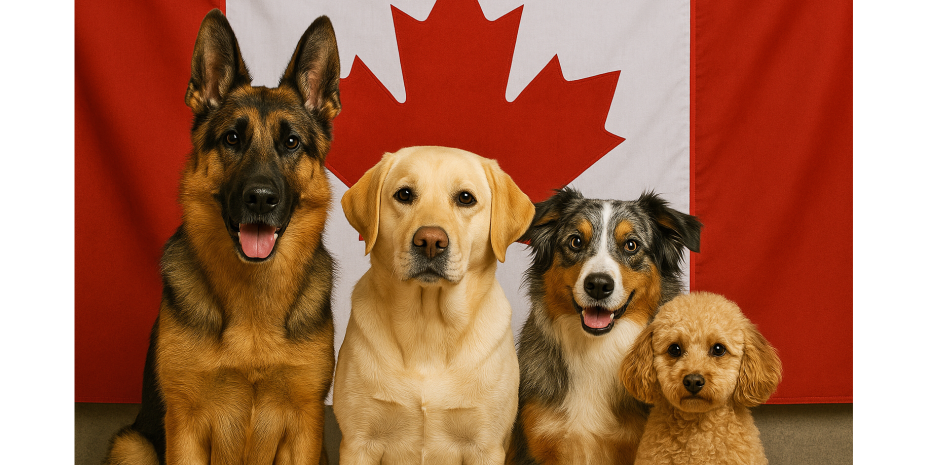

 03
03
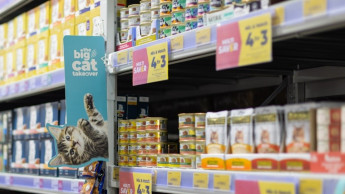



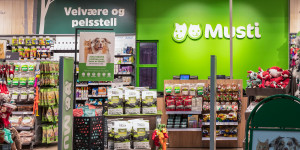




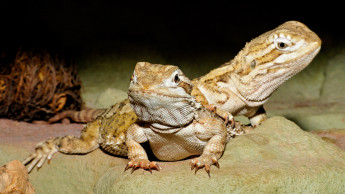


 Newsletter
Newsletter